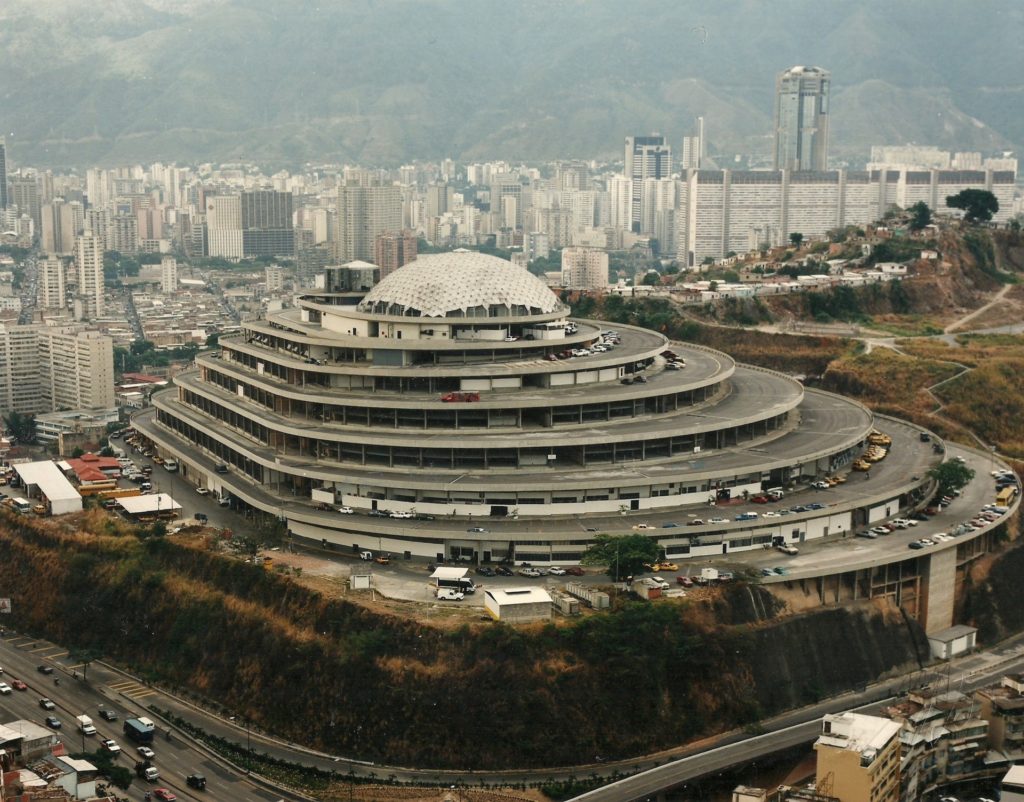
“El Helicoide de la Roca Tarpeya” in Caracas, Venezuela, would have been a spiral drive-in mall. Built between 1956 and 1960, El Helicoide’s construction flattened the hill “La Roca Tarpeya” into seven gradually decreasing terraces, surro…
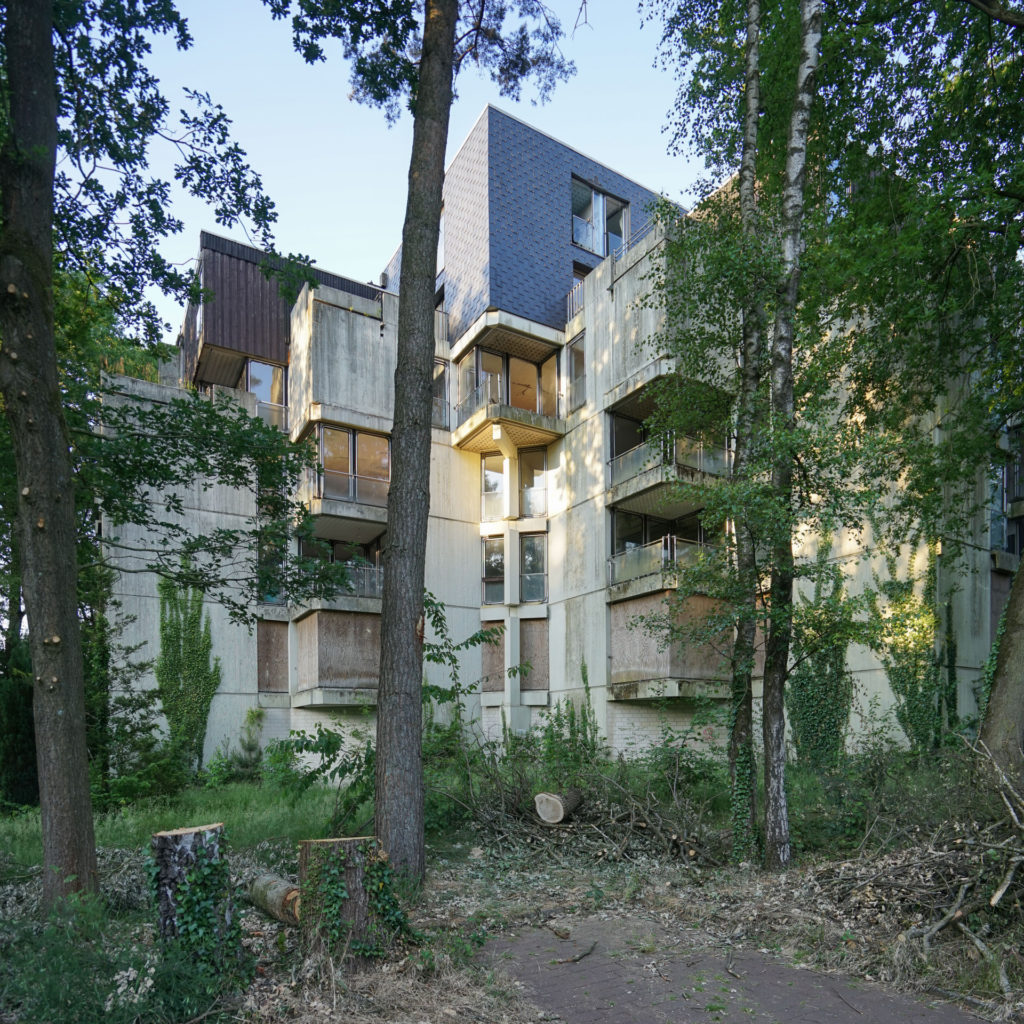
Designed as an experimental apartment complex with dynamic floor plans, the building ultimately failed in its execution. Insufficient insulation, problems with humidity and years of mismanagement led to today’s dilapidated state.
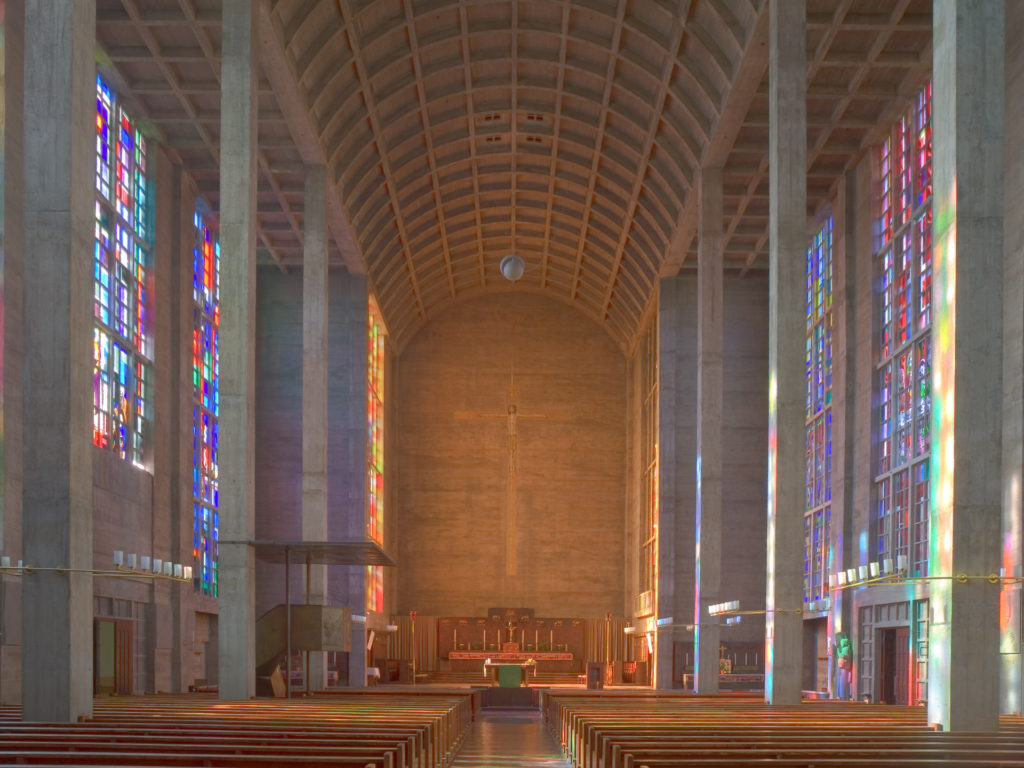
The Antonius Church is the first Swiss concrete church and an early example of the kind of functionalist aesthetic sensibilities that would eventually lead to Brutalism. (Special thanks to Jan Klett)

No description yet: Can you help?
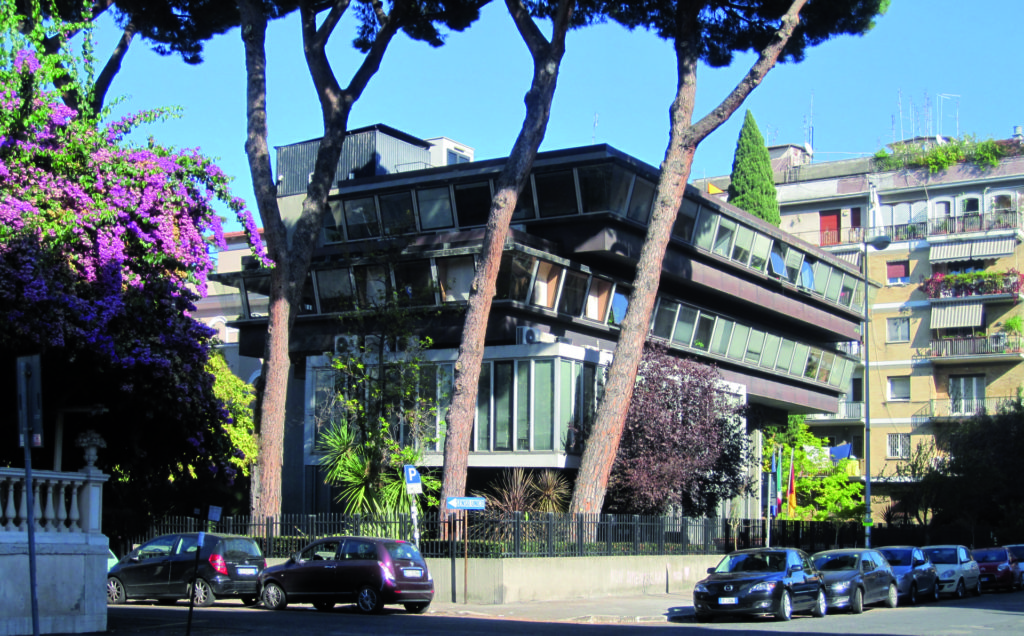
No description yet: Can you help?
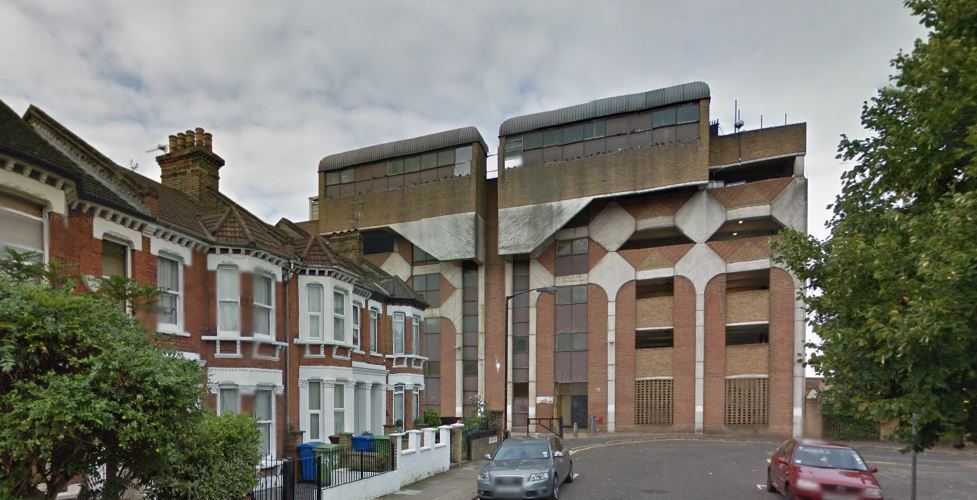
No description yet: Can you help?
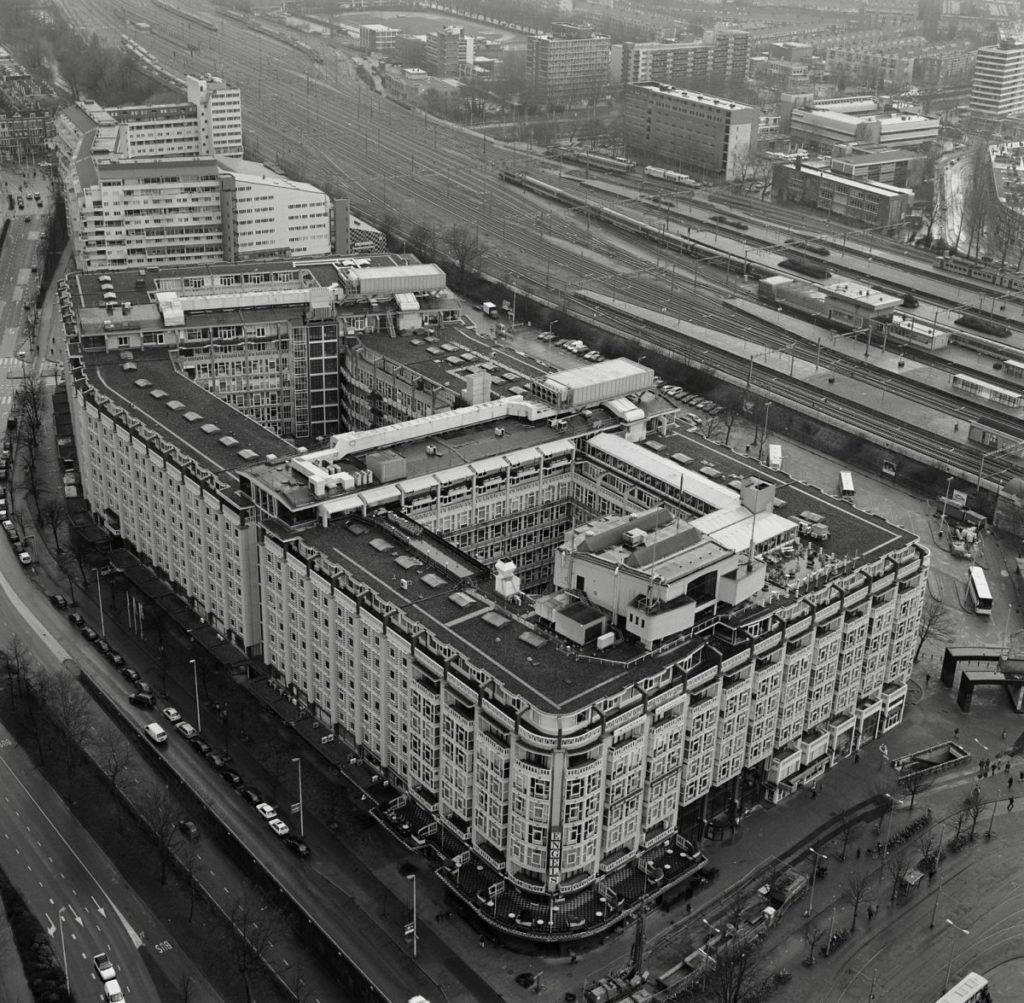
The Groothandelsgebouw is a large office building next to the Central Station of Rotterdam. It was built for companies which lost their office spaces during the German bombardment in 1940. The pavilion on the roof used to house a cinema. The perimeter b…
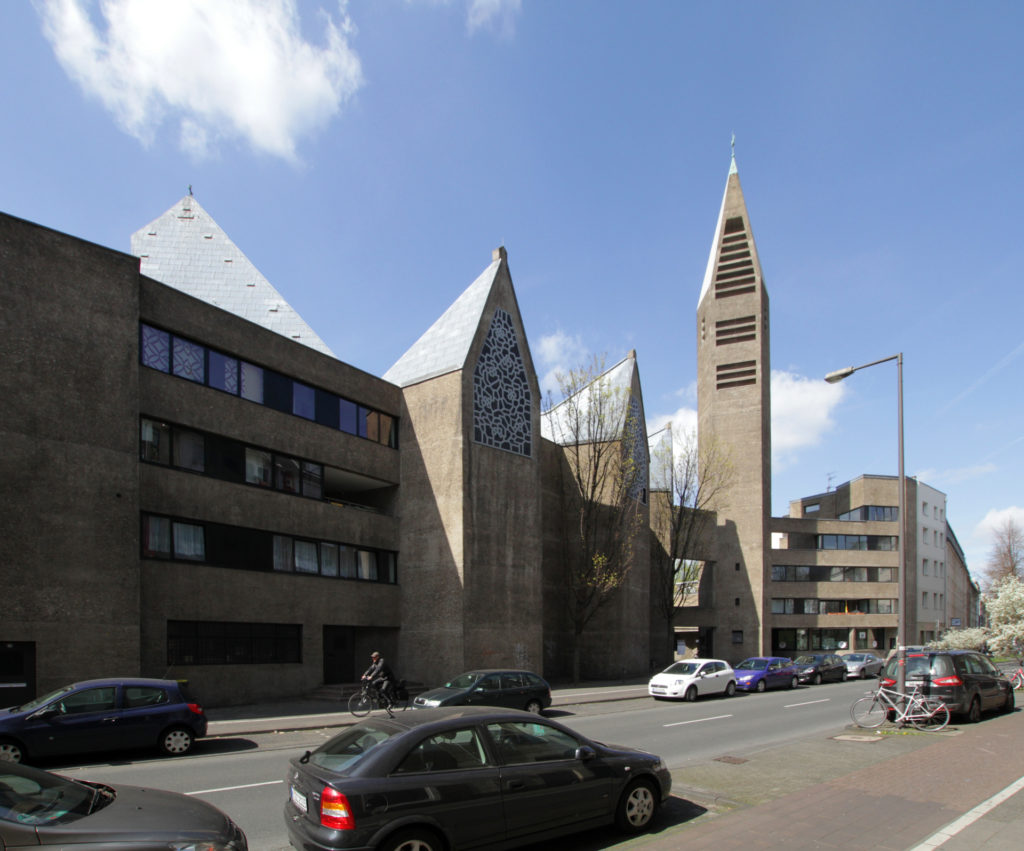
Böhm’s first big concrete church with a tent roof was built in a vacant lot between residential buildings. The free-standing tower and three narrow gable walls recede from the street line. The adjacent community center was also planned by Gottfri…

The early “collegio del colle” is formed by a central nucleus with collective services, surronded by several groups of small residential cells, lying on a hill near the city of Urbino. Concrete and brick constructive elements are in harmonic…
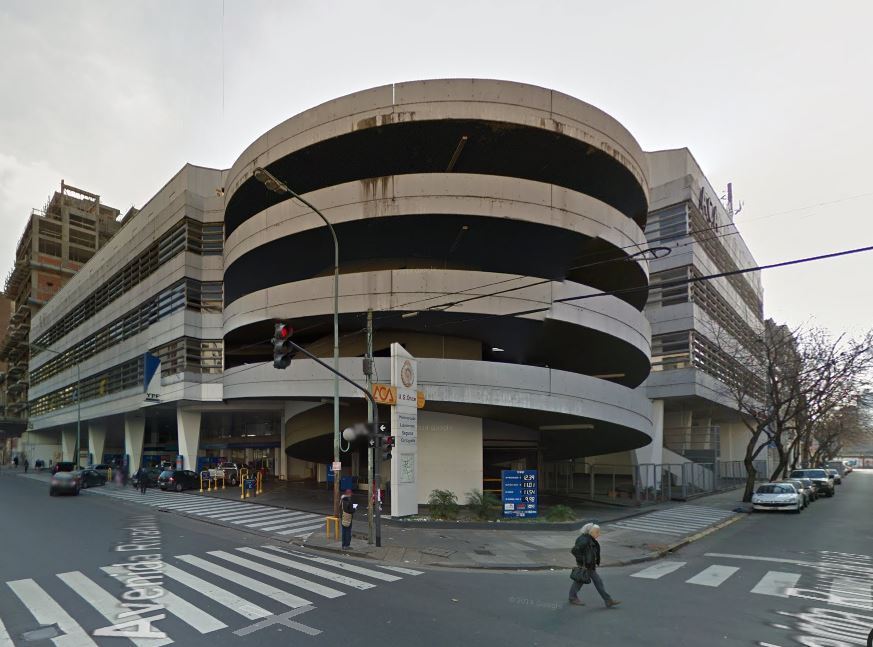
No description yet: Can you help?

No description yet: Can you help?
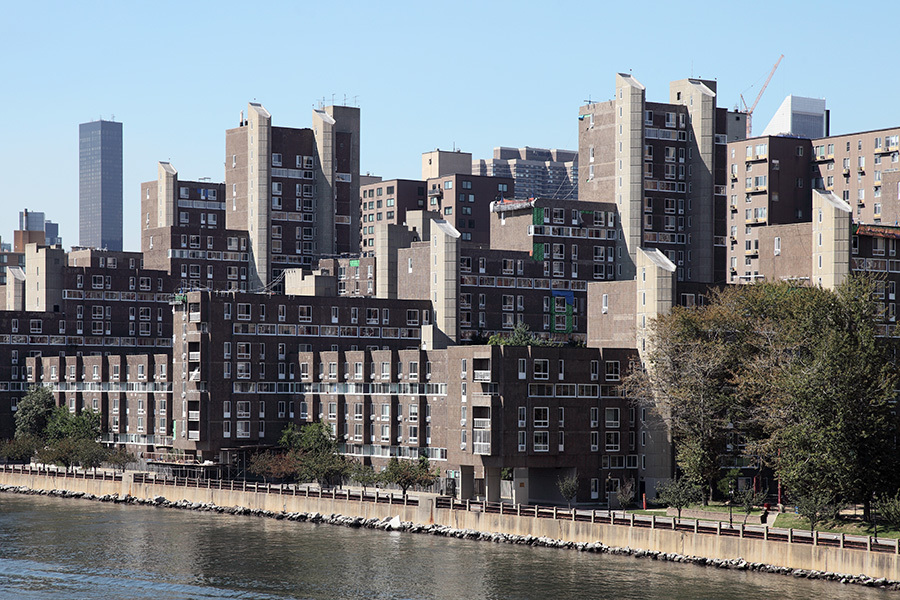
No description yet: Can you help?
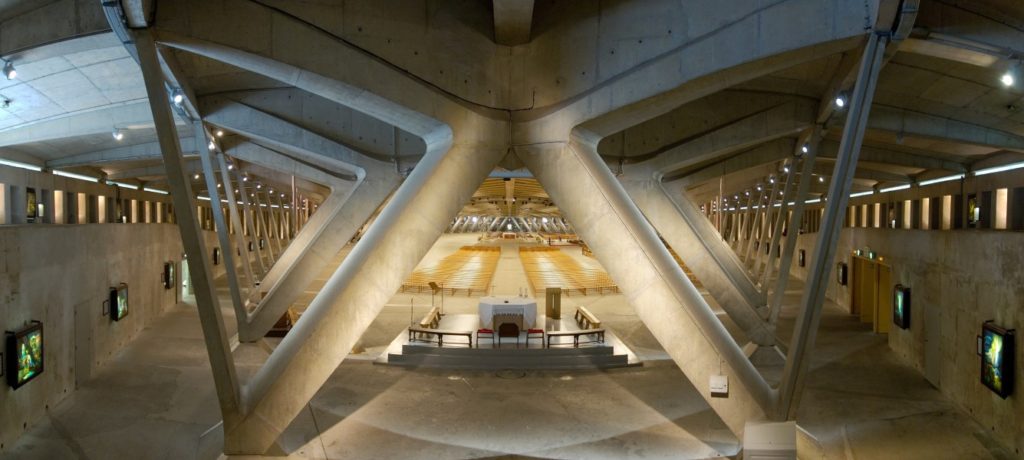
No description yet: Can you help?

No description yet: Can you help?
No description yet: Can you help?
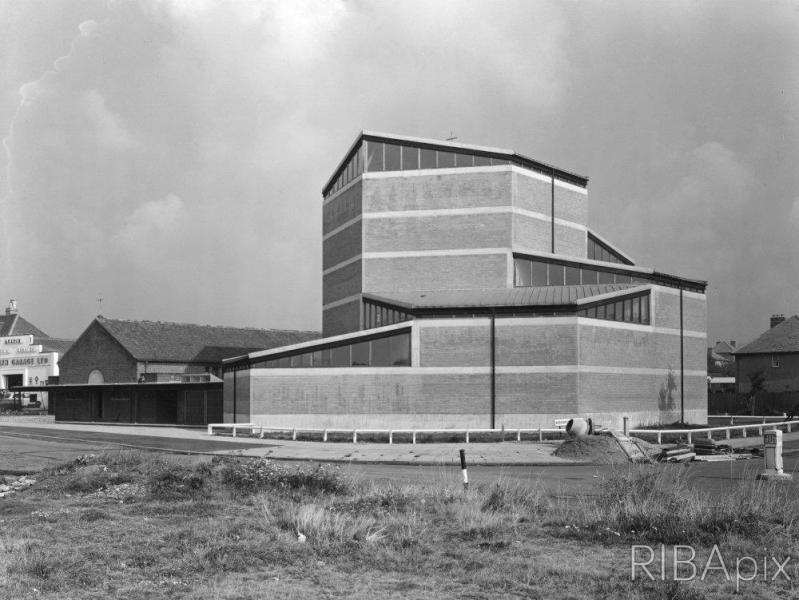
The design with its central plan points both to the architects’ own work and to historical building traditions. An overly high central shaft provides light and a central sanctuary.
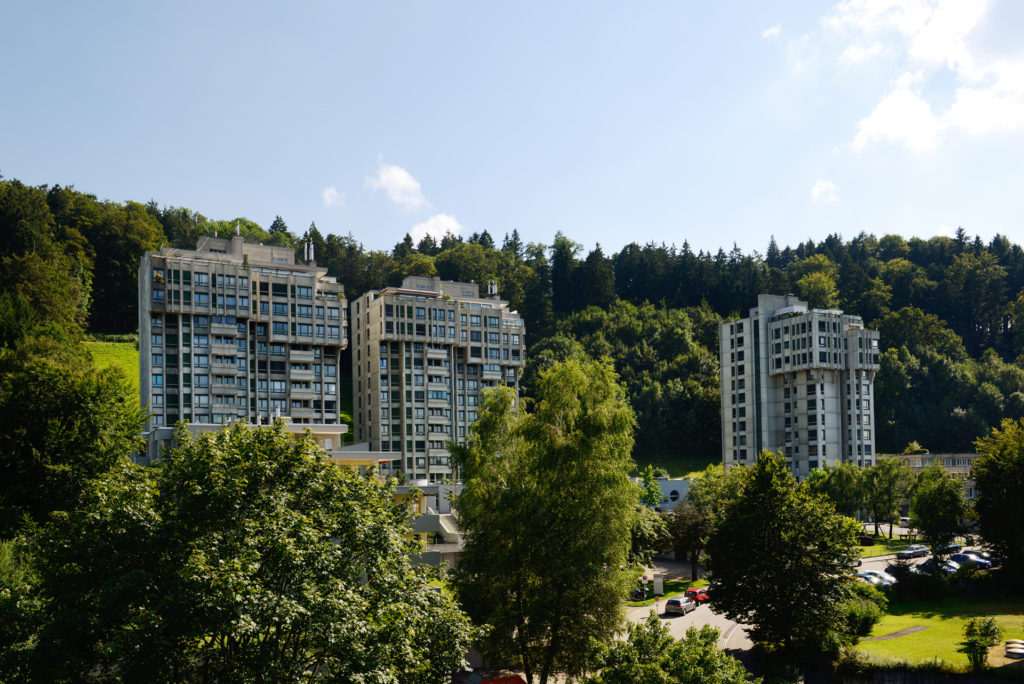
No description yet: Can you help?
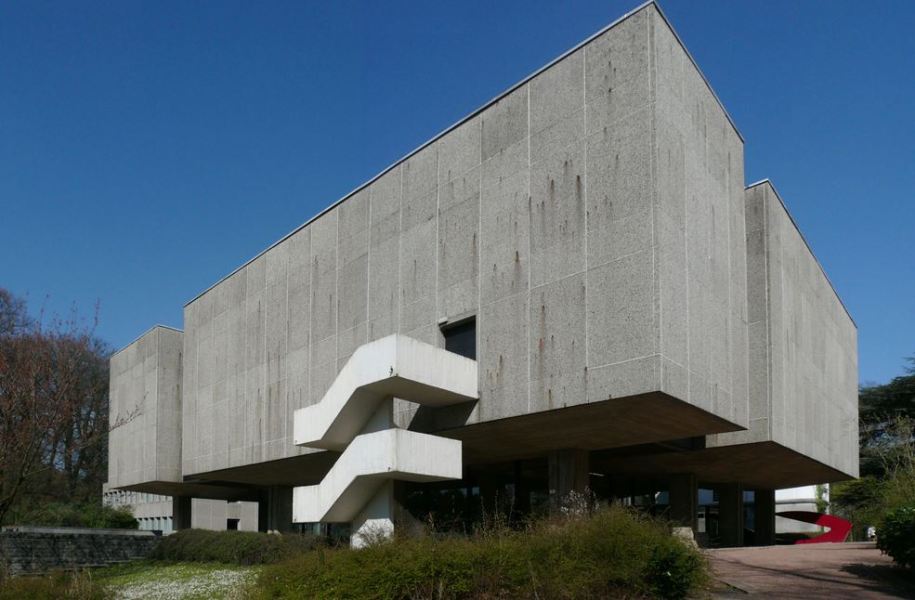
No description yet: Can you help?

No description yet: Can you help?
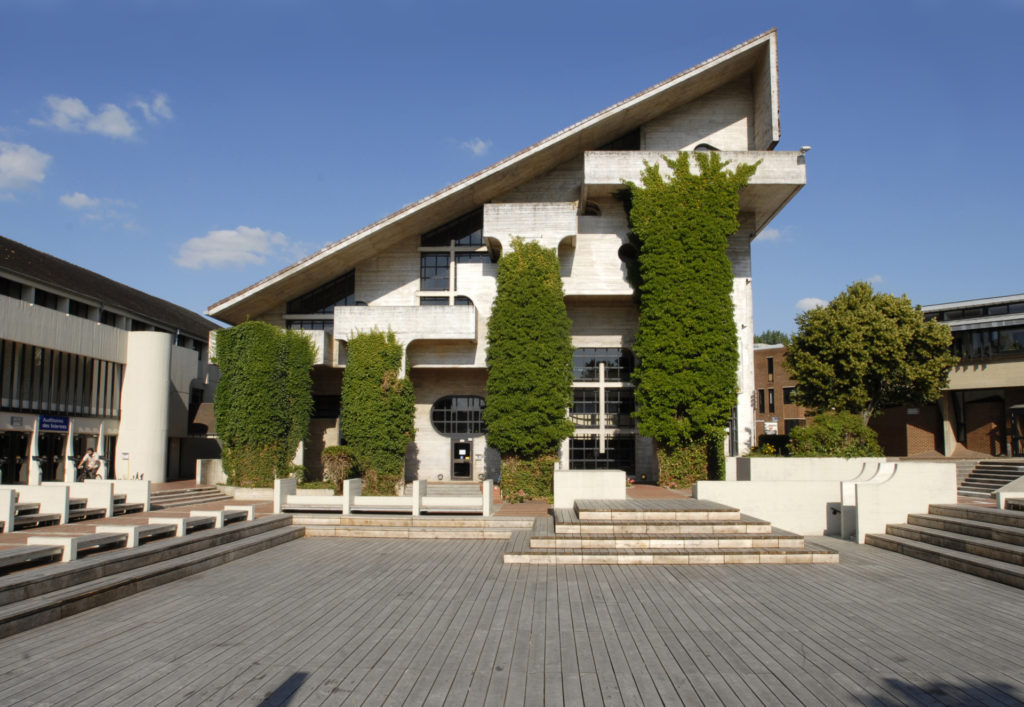
No description yet: Can you help?


















